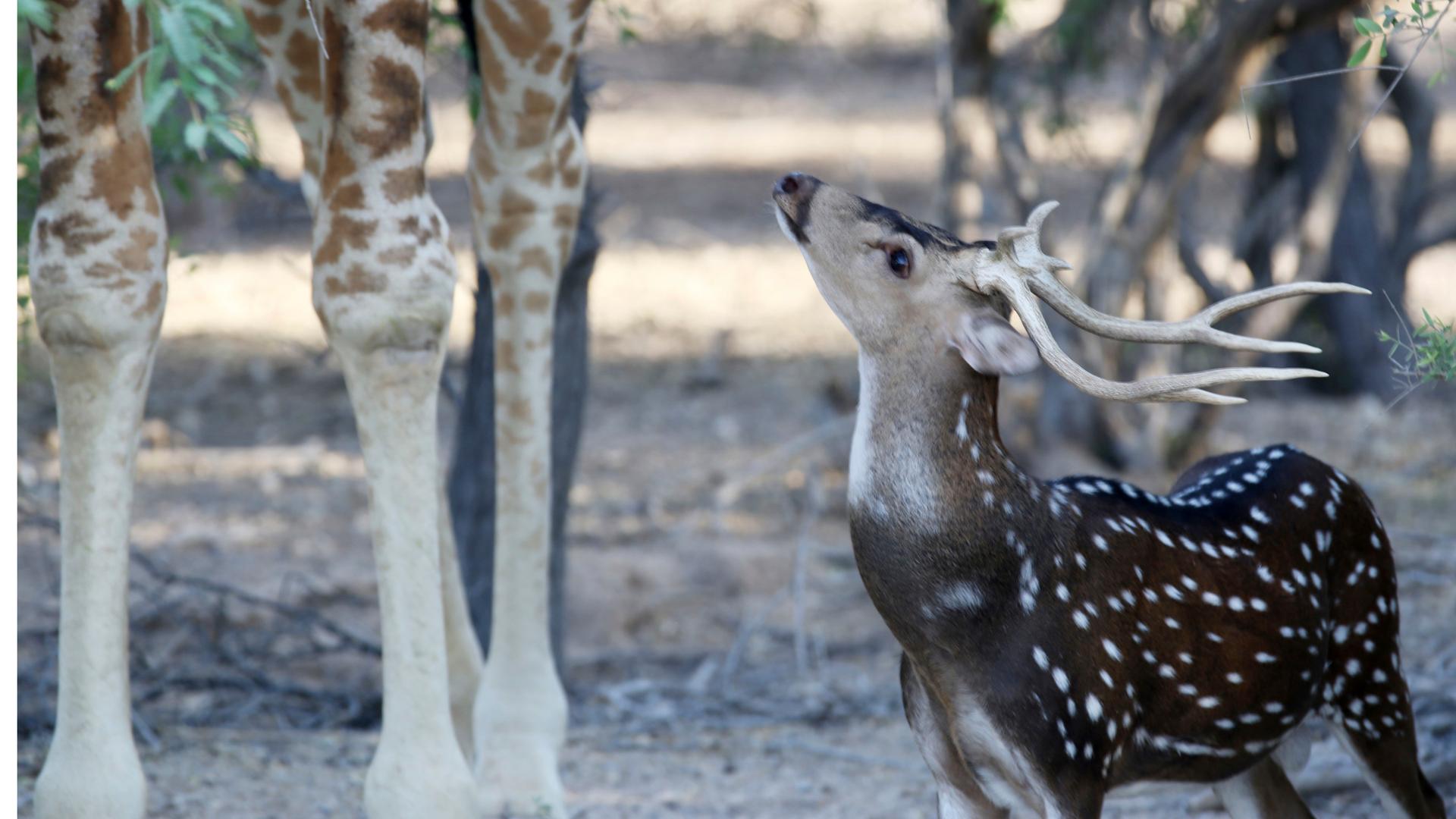Human culture is characterized by language, food, customs, certain territories and a shared sense of aesthetics — and biologists are finding the same is true for many animal species.
Writer and ecologist Carl Safina’s latest book is called “Becoming Wild: How Animal Cultures Raise Families, Create Beauty and Achieve Peace.” In the book, he writes about how animals from whales to birds live their lives within cultures, with customs that define them in ways similar to how culture defines humans.
Related: Canada’s coastal wolves help promote ocean conservation
“The amazing thing to me is that, whether it’s human-modern-Western-technological culture or whether it’s sperm whales, culture basically does the same things for social beings. It answers the question, How do we live here, where we live?”
“Culture is the behaviors, the habits, and even the attractions that we learn socially and that are transmitted socially,” Safina says. “The amazing thing to me is that, whether it’s human, modern, Western, technological culture or whether it’s sperm whales, culture basically does the same things for social beings. It answers the question: How do we live here, where we live?”
“I’m trying to figure out who we are by knowing who we’re with,” Safina says about studying culture in all creatures. “That informs everything about life. It gives us perspective. Where do we come from? How are we compared to other living things? What are the overlaps? What are the similarities? I find it both intellectually fascinating, emotionally astonishing — and very beautiful a lot of the time.”
Related: COVID-19 lockdowns are a unique chance to study human-wildlife interactions
Animals don’t, of course, have favorite baseball teams or music or clothing preferences, but they do have other characteristics that define their culture and they can be quite specific, Safina says. For animals, Safina says, culture can be, “What constitutes food for us in this region? Where do we go in the winter when things start to get harsh? What predators do we need to be aware of and be afraid of?”
Like humans, however, specialization is a major aspect of culture across all species, In fact, Safina says, culture is “really based on specialized ways of doing things. And those specialized ways vary from one cultural group to the next.”
Related: ‘Our Wild Calling’: Connecting with animals transforms lives
For instance, one sperm whale clan will hunt and travel in a certain pattern, while another clan may swim through the same waters, but hunt and travel in a different pattern. Some chimpanzees make tools out of sticks, but other chimpanzees use only stone tools. There are many different kinds of behavior within chimpanzee cultures, but they vary from place to place, Safina says, which is one of the main reasons we know that they are cultural differences.
Birds often sing with a “local dialect,” Safina points out. If you move a bird to a different place and the bird starts trying to court using the dialect of where he’s from, he may find his song is not the preferred one of the birds in this new place, and “his courtship will not find any engagement among the females there who are listening and looking for suitable males,” Safina explains. “It’s a weird song to them.”
“Humans have a kind of similar thing,” he says. “We listen to music from other cultures; we tend to like our own the most, we identify with our own the most. So, the details are really totally different but how it functions is really remarkably similar.”
While studying the culture of sperm whales, Sarafina was struck by how “mammalian” they are, despite all the obvious physical differences that separate them from mammals.
“They’re very odd looking compared to us, they have basically a fish shape, they live in the ocean, but when they get together, they’re very mammalian,” he explains. “They like caressing each other. They extend their flippers and rub their flippers along each other. They roll around together. They appear to be very happy to be together when they get together.”
A sperm whale mother dives deep below the surface to feed, leaving her young with other female members of the clan, and when she comes back “it’s a greeting time and sometimes they just chill and they seem relaxed,” Sarafina says. “They seem pleased to be with one another. And they seem excited to rejoin one another. As they’re coming up, [their] codas — the clicking sounds they use to communicate — intensify. One scientist witnessed a birth and said that at the moment of birth there was a loud blast of codas from the other whales that were present for the birth. I think that was the most surprising thing about them.”
Related: This orangutan’s ‘personhood’ victory brings hope to US animal rights
In his book, Sarafina writes this about culture within the animal world:
“When we stop viewing the apes and parrots and dolphins as “models” of primitive human origins, when we remove our human blinders, we can see that other beings on Earth take an interest in their lives and understand something about who they are, where they are, who they’re with, and what they’re doing. In their shared experience, they sow and reap their own cultures. Who we are voyaging with on this lonely, living planet is quite possibly the only meaningful line of inquiry.”
This article is based on an interview by Steve Curwood that aired on Living on Earth from PRX.
